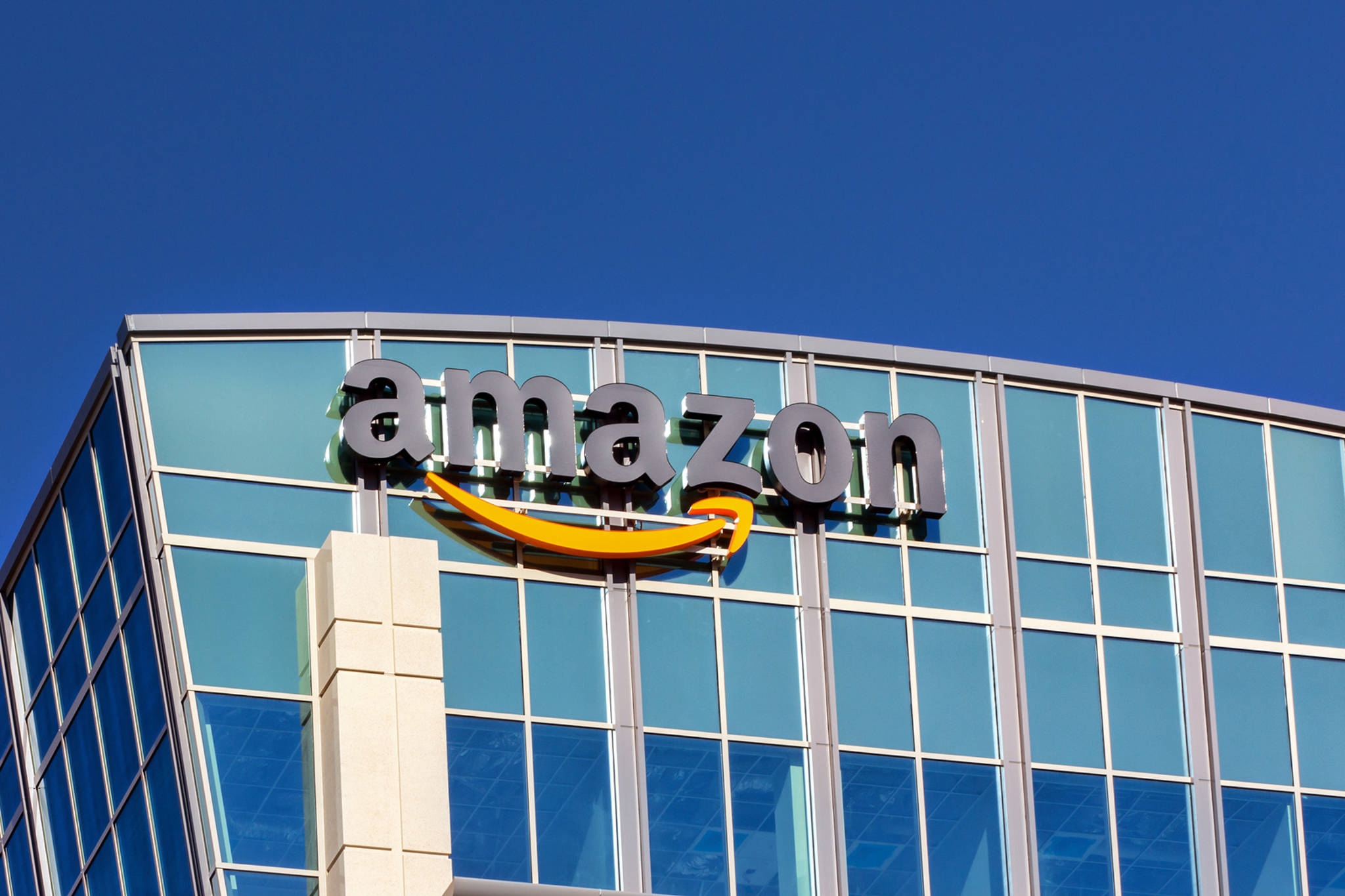Amazon’s Success Driven By Preference For Pure Brand Terms
Amazon’s Success Driven By Preference For Pure Brand Terms
by Gavin O’Malley @mp_gavin, December 6, 2017
At least when it comes to consumer electronic sales, Amazon appears to be winning the holidays with an aggressive paid-search strategy.
That’s according to new research from search intelligence platform Adthena, which found Amazon won nearly half (49.65%) of the category’s click share during October and November this year.
The ecommerce giant’s success is being driven by its preference for pure brand terms, versus generic terms, according to Ashley Fletcher, director of product marketing at Adthena.

“Search queries on terms exclusive to Amazon, like ‘Kindle,’ ‘Amazon Prime,’ ‘Fire TV,’ and others, offer much better value across the entire online consumer electronics vertical, giving them lucrative, high-volume/low-CPC search conversions,” Fletcher notes in the new report.
In the consumer electronics category, Amazon advertises on over 30,000 search terms — more than double its closest competitors, Walmart and Best Buy, Adthena found.
For its findings, Adthena — which uses AI and machine-learning technology tied to search data — analyzed roughly 370,000 search ads among 179 retailers, according to Fletcher.
Amazon’s average search ad position for all of its ads was weighted heavily on 1, 2 and 3 — suggesting that their consumer electronics search ads do not fluctuate much from these positions.
Target was running a 2-3 ad position strategy, which suggests they are advertising heavily on search terms which achieve an average ad position between 2-3. As such, their ads did not fluctuate considerably from their 2-3 ad positions.
Walmart appeared to be focused on the 3 ad position, per Adthena. It also has a larger proportion of search terms, which serve ads with an average position of 3, in comparison to their competitors.
Best Buy advertises on fewer search terms overall compared to other top retailers like Amazon, Walmart and Target.
However, its ads performed well on 1 position search terms — which, according to Fletcher, suggests that their SEM team has found a small niche in the competitive landscape.
For branded search terms only, Amazon’s pure brand ad frequency fluctuated between 53% to 80% on desktop and 86% to 96% on mobile.
The brand frequency is how often Amazon’s ads appear when consumers search on its branded search terms.
MediaPost.com: Search Marketing Daily
(60)













